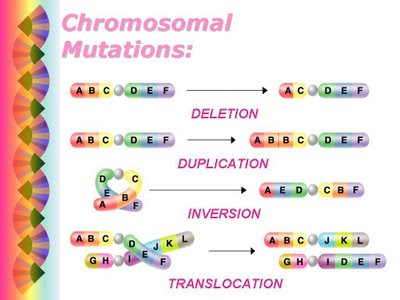
Welcome!
If this is your first time on this blog, then know this:
My name is Scott Hatfield, and my goal is to change the world.
Seriously. Before this blog post is over, you will see some of the evidence that I can provide that shows how I and my students changed the world last year, and you will be challenged to do the same thing.
I'm a high school biology teacher, and this blog is intended to support my curriculum at Bullard High School, in Fresno, California. As such, the main focus of this blog is providing resources for students taking Biology, which in the state of California is a mandated standards-based course.
What does that mean? Several things....
1) Students who expect to earn a conventional high school diploma in the state of California must plan on earning a passing grade in this course, because it is the one standards-based science course that virtually every public high school student will take.
2) As a consequence, virtually every high school student in the state of California will be expected to take a standardized test in Biology at least once during their four years of high school. (Students who take a life science elective or AP Biology may end up taking the test more than once)
3) To do well on the state tests, Biology students must cover all of the required standards that are tested, and this poses a significant challenge. The standards in Biology put a heavy emphasis on breadth of coverage: there are 50 mandatory standards, and 20 optional ones. Whether a course covers a minimum of 50 or a maximum of 70, it must achieve this coverage in less than 150 days of instruction, due to the location of the testing window. Here, for example, is the Fresno Unified traditional calendar for the 2011-2012 academic year:

The school year will run from Monday, August 22nd, and conclude on June 15th. At one point, that defined 180 days of instruction...but that's no longer the case in California. Two dates, shown circled in blue on the image above, have been turned into furlough days, cutting two days of instruction prior to the state tests. Why the bean counters couldn't save school districts dollars by sacrificing days after the state tests is a question above my pay grade, but regardless of why this is happening, the fact is that school districts like FUSD now have 178, rather than 180 days of instruction.
Unfortunately, it's not 178 days prior to the state tests. Note the areas circled in red on the image above. That is the beginning of the state testing window, and these 10 days are when virtually everyone will test, rather than later, due to conflicts with (believe it or not) another round of testing, this time for AP courses. So, when you actually run the numbers, there are 139 days of real instruction prior to the STAR tests. With a total of 70 standards, that's less than two days per standard if you actually tried to cover them all. Even achieving the minimum of 50 standards gives you less than three days per standard, and that's not budgeting any time for review prior to the STAR tests.
4)
The academic performance of a California public high school is based, in part, on the scores that students earn on the state's Biology test. That flows downhill from Washington, to Sacramento, to the local district administration, to the classroom teacher. As a high school instructor, I am an agent of government, and the expectation is that I will meet certain benchmarks of performance in order for my school site to receive certain scores where
API and
AYP are concerned.
Now this may seem like a discouraging way to begin the year, but there is no point in sugar-coating things. The stakes are high: high for students, high for teachers, high for school districts. The challenges are real.
Now the good news. Bullard High School is a good school, and we are working hard to improve our performance. Early returns from the state suggest that we will have the highest API scores in school history. Speaking just for myself, I know that I worked very hard last year, and I saw a dramatic improvement in the number of students scoring in the top two performance levels, even among low-ranking students, in the bottom 15 percent of their class. So, real gains are possible. The students who raised their performance and achieved on the state tests took advantage of the resources made available not just in class, but at home, using the strategies that I taught in the course...including this blog!
So, as you go through the year, bookmark this blog and visit it often!

You will find many resources that will enrich what you learn in class, and which will often be essential to keeping up with coursework in the event you are out of class for any reason. Last year, I had over 13,000 hits on my blog, most of them from my students. That's powerful evidence that using the blog was an important part of student achievement in my course. This was an increase from about 9,600 hits from the 2009-2010 academic year, and I expect this trend to continue. This year, the blog will expand from a single page to groups of linked pages, to provide even more continuous and detailed support of our class.
So, yes, this will be a challenging course, and as your instructor I am challenging myself to do more to help students succeed. As my student, I hope you will accept this challenge....and help me change the world.
GO KNIGHTS!!!!
(If you are not a California high school student, parent of a student, or instructor, you are welcome to visit my blog and download any resources that I provide here, free of charge. However, please note that all such materials are created by me and should not be used outside of an educational setting without permission or appropriate attribution.)









































